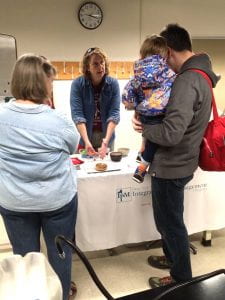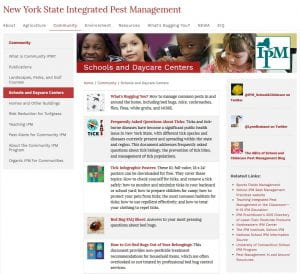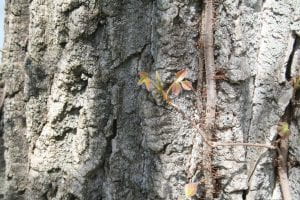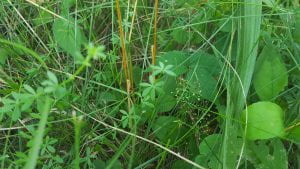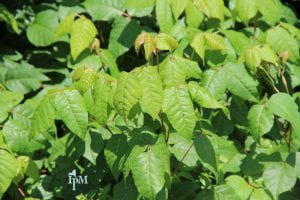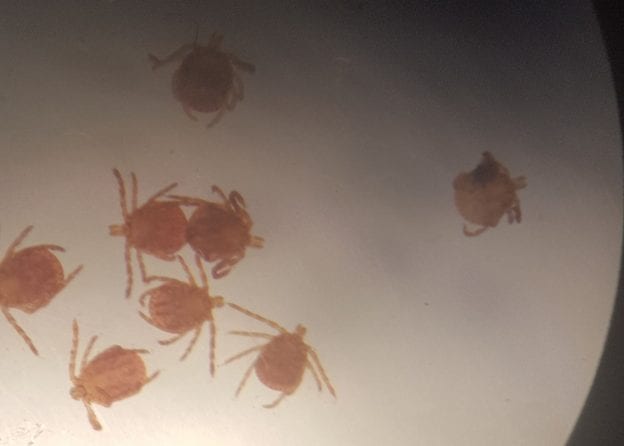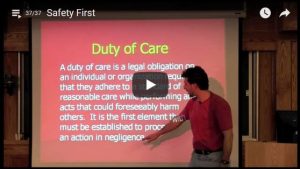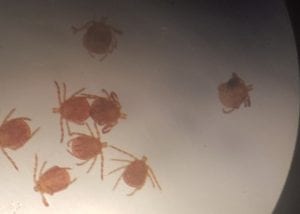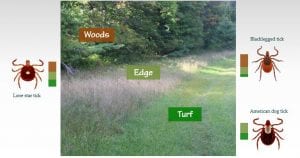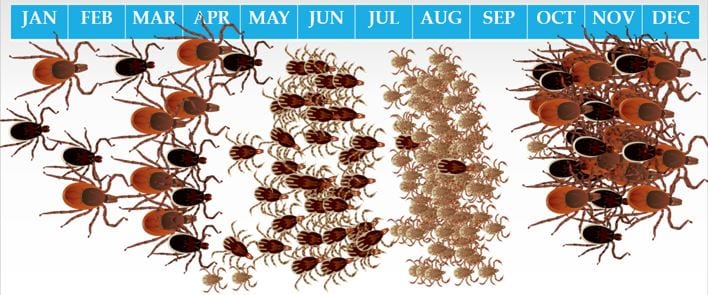“When it comes to student learning and achievement, the physical environment is a full partner.” – Dr. Lorraine Maxwell, Cornell University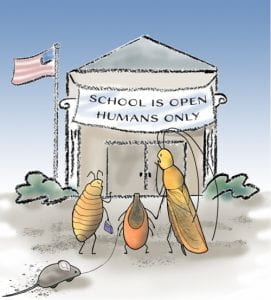
Despite decades of promoting school integrated pest management (IPM), bed bugs, cockroaches, lice, and mice continue to be a problem in schools. Part of the issue is lack of implementation of proven IPM techniques such as exclusion. Part of the issue is that some pests, like bed bugs, German cockroaches and lice arrive in backpacks, delivered supplies, and directly on students and staff. While schools often have plans in place to address these pests when they are discovered, it will take a wider community effort to prevent their introductions.
The Sixth Annual NYS IPM conference brings together a wide range of speakers to address and discuss the status of school IPM adoption and where we need to go in the future. If you or your family is impacted by pests or pest management on and off school property, this is the conference for you.
Our keynote speaker, Lorraine Maxwell, will discuss “Healthy Environments for Learning”. Her research has found that school building conditions, which include conducive conditions for pests as well as the presence of pests, impact the school’s social climate, which directly impacts student performance.
Date: April 22, 2020
Location: New York State United Teachers Headquarters, 800 Troy Schenectady Rd, Latham, NY 12110
Cost: $45 includes all breaks and lunch
We have applied for NYS Pesticide Applicator Recertification Credits.
For more information and to register, visit https://tinyurl.com/NYSchoolIPMConference.
Sponsors:
| AGENDA | |
| 8:30 | Registration |
| 9:00 | What is the status of IPM implementation within NYS schools
· NYS Integrated Pest Management Program – Lynn Braband, NYS IPM Program · NYS Department of Education – Daryl Andreades, Senior Architect · Healthy Schools Network – Claire Barnett, Founder and Executive Director · NYS School Facilities Association – Fred Koelbel, NYSSFA Board of Directors and Port Jefferson School District Plant Facilities Administrator |
| 10:20 | BREAK |
| 10:45 | Panel Discussion
· NYS Integrated Pest Management Program · NYS Department of Education · Healthy Schools Network · NYS School Facilities Association · NYS Department of Health – Michele Herdt, Clean, Green, and Healthy Schools Program Director · New York State United Teachers – Veronica Foley, Health and Safety Specialist · Association for Educational Safety and Health Professionals – Patricia Cerio, Safety Coordinator |
| 11:45 | LUNCH |
| 12:30 | Keynote Address: Healthy Environments for Learning, Lorraine Maxwell, Associate Professor, Department of Design and Environmental Analysis, Cornell University |
| 1:15 | What We’re Doing – Community Intervention
· Mosquitoes – Dina Fonseca, Director, Rutgers Center for Vector Biology · Deer/ticks – Kristina Ferrare, Forestry Program Specialist, CCE Onondaga County · Mice/rats –Georgianna Silveira, City of Somerville |
| 2:45 | BREAK |
| 3:00 | Break out groups – Strategies for interventions
· Bed bugs – Jody Gangloff-Kaufmann, NYS IPM Program · Cockroaches – Matthew Frye, NYS IPM Program · Establish school IPM priorities –Joellen Lampman, NYS IPM Program |
| 3:45 | Report and Wrap-Up |
| 4:30 | Adjourn |



